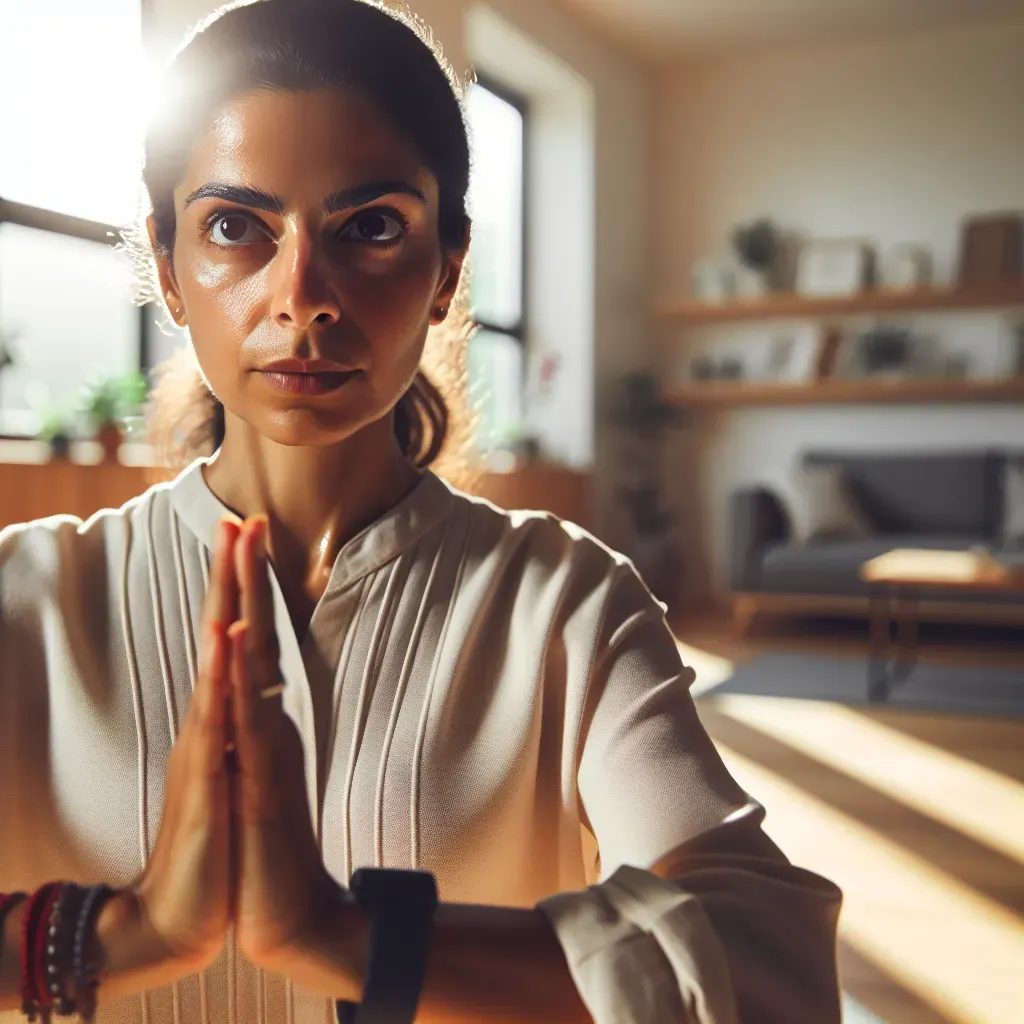Unleash Your Inner Warrior: The Transformative Power Of Holding Yoga Poses
Table of Contents
- Introduction
- The Physical Benefits of Holding Yoga Poses
- Mental Strength and Patience in Yoga Practice
- Embracing Discomfort as a Pathway to Growth
- Unleashing Your Inner Warrior Beyond the Mat
- Conclusion
Introduction
In the sanctuary of your yoga mat, where breath and movement intertwine, lies a profound journey awaiting those who dare to venture into the depths of their inner warrior. Patience, often undervalued in our fast-paced world, becomes a cornerstone of strength when embraced within the realms of yoga practice.
It is here that resilience takes root, not just in muscles but also in the spirit. As you unfurl into each pose with deliberate precision and unwavering resolve, you unlock a transformative power the ability to cultivate warrior-like qualities that transcend mere physicality.
The Physical Benefits Of Holding Yoga Poses
When you engage in holding yoga poses, you are not just striking a static position; you are actively building a fortress of strength within your muscles. By sustaining muscle contractions during poses like Warrior II or Plank, you challenge your body to adapt and grow stronger.
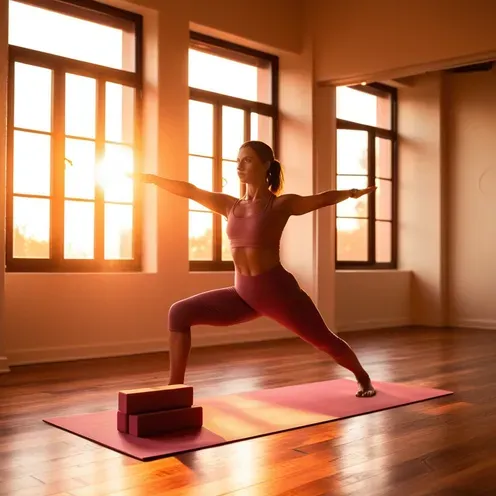
Imagine the warrior within you becoming more resilient with each breath you take, each muscle engaged. This process doesn't just sculpt your physique but fortifies it from within.
Mental Strength And Patience In Yoga Practice
The mental strength developed through the patience required in holding yoga poses is a profound aspect of yoga practice that transcends the physical realm. By approaching discomfort and challenges within a pose with patience and breath control, practitioners not only build resilience but also learn to navigate difficult situations off the mat with a sense of calm determination.

Imagine holding a challenging warrior pose, feeling your muscles quiver under the strain it is in these moments that one learns to embrace discomfort as a catalyst for growth. Through patience, individuals forge an unwavering inner resolve that can be called upon in times of adversity.
Embracing Discomfort As A Pathway To Growth
In the realm of yoga, discomfort is not merely an unwelcome sensation to avoid but rather a guiding force toward personal growth and transformation. When we encounter discomfort in yoga poses, be it the burn in our muscles or the challenge of holding a balance, we are presented with an opportunity for profound evolution.
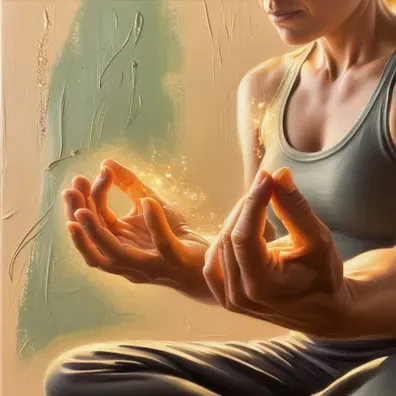
Much like how a seed must break through the soil to grow into a flourishing plant, we too must endure discomfort to unlock our full potential. By understanding that discomfort is a temporary phase on the path to progress, we reframe our mindset from avoiding pain to embracing it as a catalyst for growth.
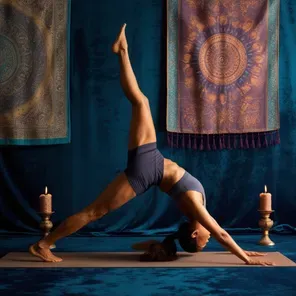
Unleashing Your Inner Warrior Beyond the Mat
As you courageously hold challenging yoga poses, patiently navigating discomfort and embracing growth, you are not only strengthening your physical body but fortifying your inner warrior spirit.
The lessons learned on the mat discipline, perseverance, and self-belief are not meant to be confined to that space alone. They serve as beacons guiding you through the obstacles of daily life.
By harnessing the mental fortitude gained from your yoga practice, you have within you the power to confront stressful situations with a calm resilience that mirrors the unwavering strength of a warrior.
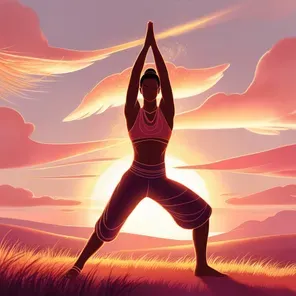
Conclusion
Embodying these warrior-like qualities cultivated through holding yoga poses allows you to rise above challenges with a newfound confidence. It is in those moments when life tests your resolve that you can draw upon your inner warrior's wisdom to conquer adversity fearlessly.
So, as you step off your mat and into the arena of everyday battles, remember: You carry within you the spirit of an unyielding warrior ready to face any challenge head-on. Embrace this power; let it guide you towards triumph in all aspects of life.
People Also Asked
1. What are the benefits of holding yoga poses?
Holding yoga poses helps to build strength, improve flexibility, enhance balance, and cultivate mental resilience. It also promotes mindfulness and a deeper mind-body connection.
2. How long should I hold a yoga pose?
The duration can vary based on your experience and the pose itself. Beginners may start with 15-30 seconds, gradually increasing to 1-2 minutes as they build strength and endurance.
3. Can holding yoga poses help with weight loss?
While yoga alone may not be as intense as other forms of exercise, holding poses can build muscle and improve metabolism, contributing to overall fitness and weight management.
4. Is it normal to feel discomfort while holding yoga poses?
Yes, it is normal to feel some discomfort as your muscles work and stretch. However, it should not be painful. Listen to your body and avoid pushing into pain.
5. How can I improve my balance in poses like Tree Pose or Half Moon?
Focus on a steady point (drishti), engage your core, and distribute your weight evenly. Regular practice will help improve your balance over time.
6. What should I focus on while holding a pose?
Concentrate on your breath, maintain alignment, and engage the targeted muscles. Practising mindfulness by focusing on sensations in your body can also enhance the experience.
7. Can holding yoga poses improve mental health?
Yes, holding yoga poses can reduce stress, enhance focus, and promote a sense of calm. The practice of patience and mindfulness during poses translates to better mental resilience.
8. Are there any risks associated with holding yoga poses for too long?
Holding poses for too long, especially without proper form, can lead to strain or injury. It’s important to listen to your body and avoid overstretching or overexerting.
9. Can beginners practice holding yoga poses?
Absolutely! Beginners should start with simpler poses and shorter hold times, gradually increasing as they become more comfortable and confident.
10. How often should I practice holding yoga poses?
Consistency is key. Practising 3-5 times a week can yield significant benefits. However, even a short daily practice can be highly effective.


